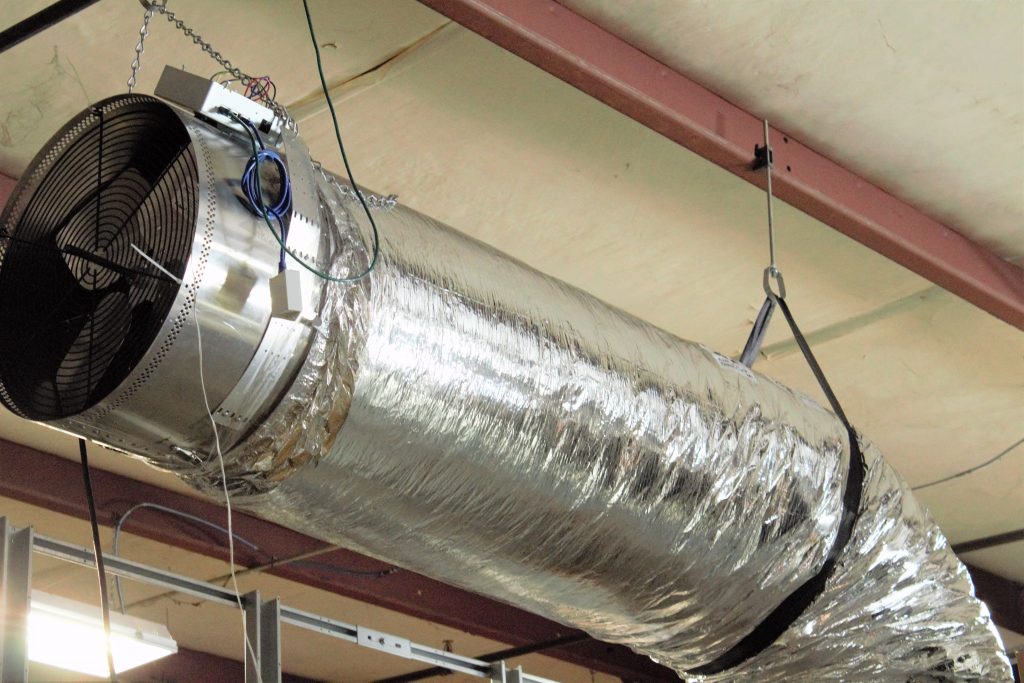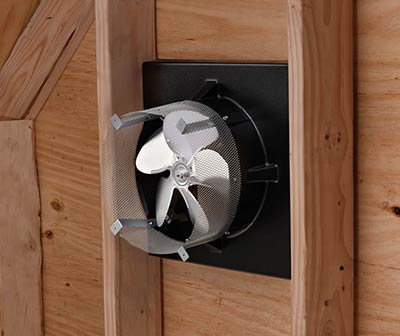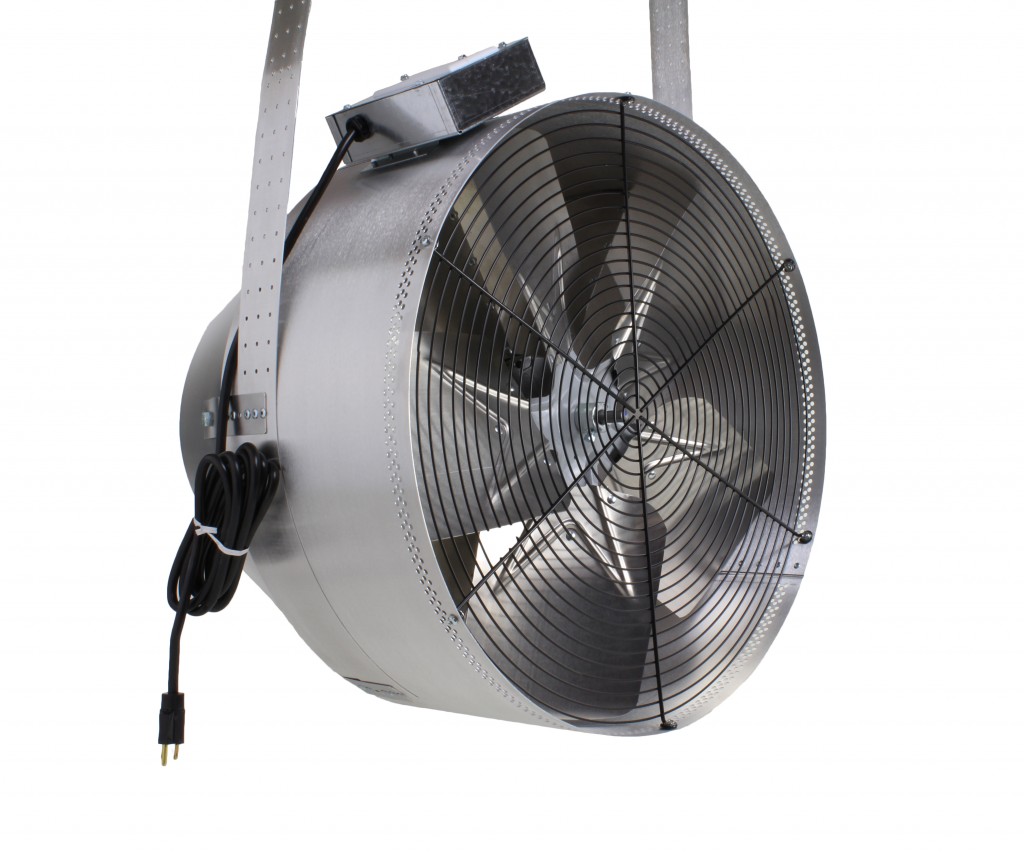Not really. The headline above is a little tongue-in-cheek. Readers of this blog will know our fans are designed to be run at night, when cool outdoor temperatures can be drawn indoors. Since photovoltaic cells can’t generate electricity at night, directly powering a whole house fan with solar generated electricity isn’t possible—unless, of course, one wants to run their fan during the day, which would heat the home rather than cool it!
We do, however, frequently receive calls from homeowners wanting to know if they can run a whole house fan directly off of their home solar array. We wish they could. Because they’re a more efficient substitute for mechanical air conditioning, whole house fans greatly compliment solar by reducing the size of array needed to provide the same cooling. But again, photovoltaics don’t work at night.
To operate a whole house fan with electricity generated by a solar array, homeowners need some sort of energy storage device that would allow them to store electricity they generate but do not use during the day. Then, this stored electricity could be drawn down through the night to power the whole house fan.
In short, they need a battery—which is why we’ve followed Tesla’s recent announcement of their new Powerwall home battery system with great interest. Home battery systems have been available for some time now. But they have never been as prominent in the popular discourse as they are now, makings this the ideal moment for a blog post “back of the envelope” analysis about using a home battery to operate an AirScape fan.
Read more




